Historical reconstitutions
While working on the 3D modelling of an object, a building or a field, it is possible to recreate their previous or original states. Thus, as part of an application for the Deutsches Museum of Berlin, Archéotech SA modelized the construction steps of a cloister to show the phases of the building’s evolution. After leading archaeological analyses on the church of Saint-François in Lausanne, our company illustrated the construction steps and the development of the church from the XIIIth to the XXth century.
But historical reconstitution can also help new projects: for the abbey of Hauterive in Fribourg, a survey and a 3D model of the church and its furniture were created to help a Parisian architectural practice simulate variants of the liturgic space’s reconfiguration.
Several applications are currently being developed as part of the cultural mediation. They will help bring digitized models to life and thus offer visitors the possibility to project themselves into the original building (AGP and ARCHEOTECH).


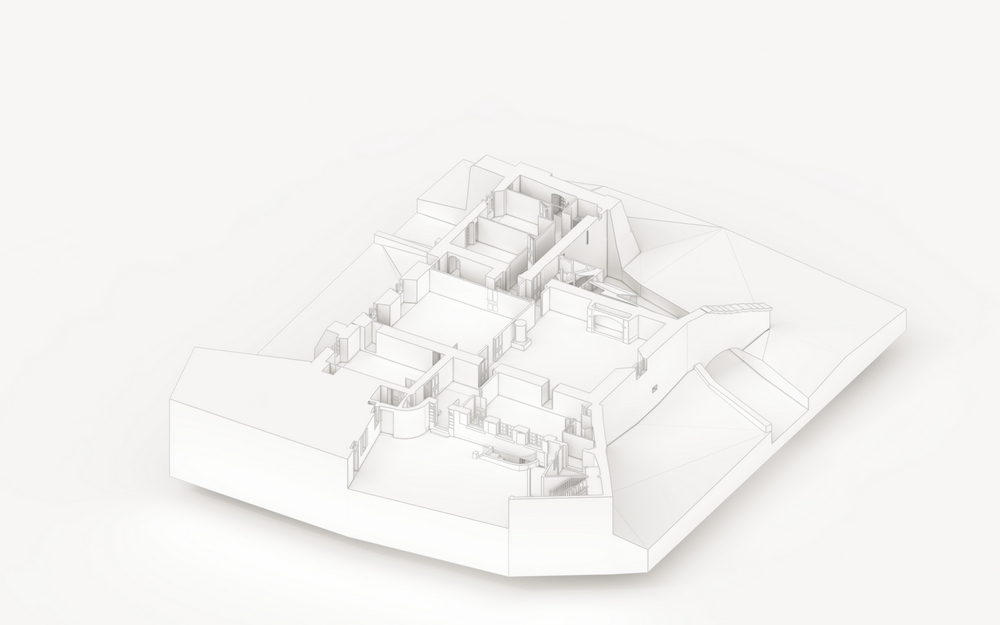
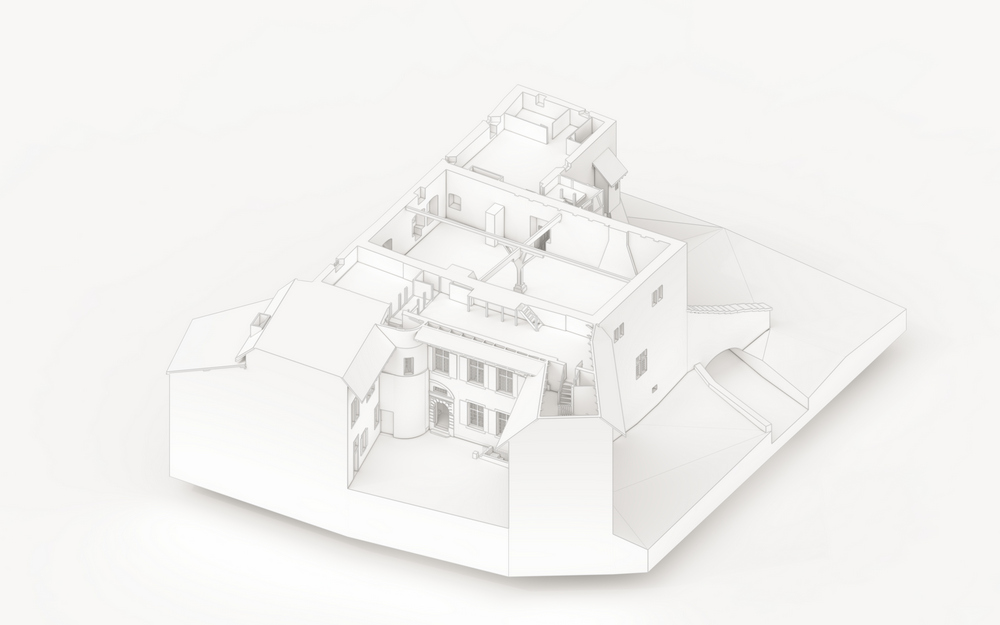
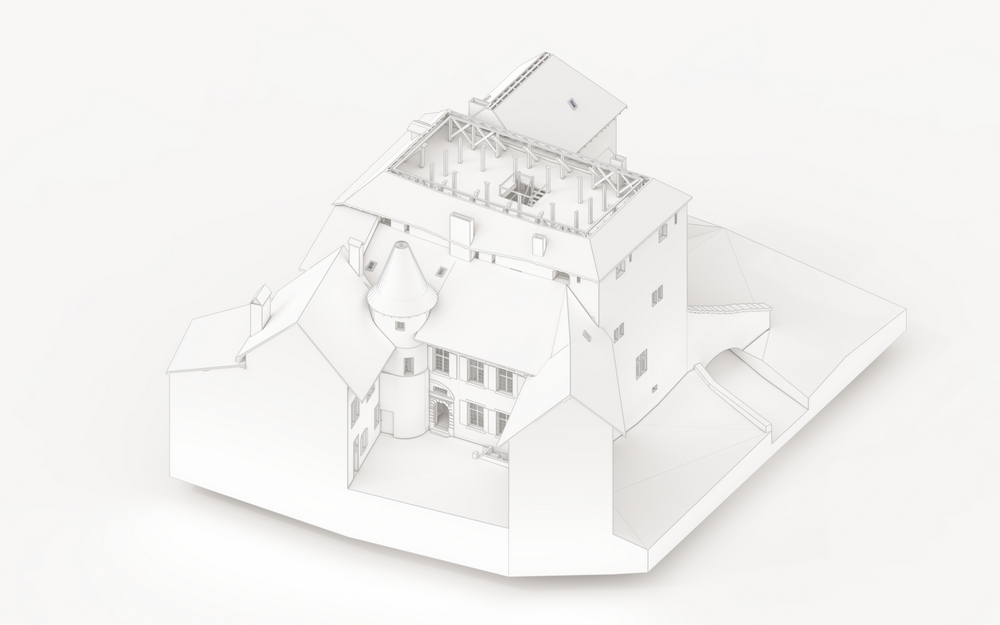
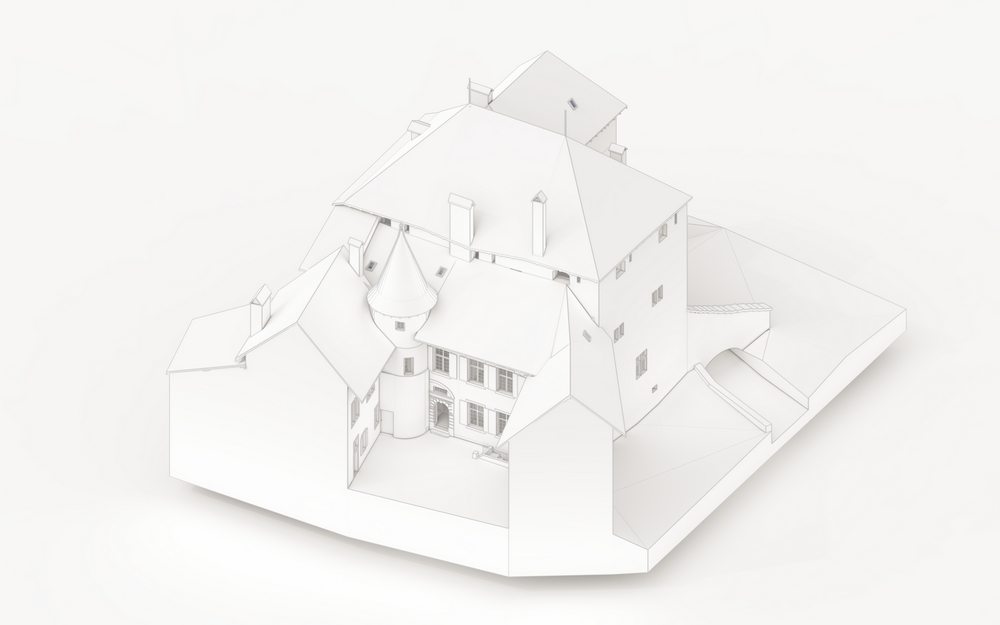
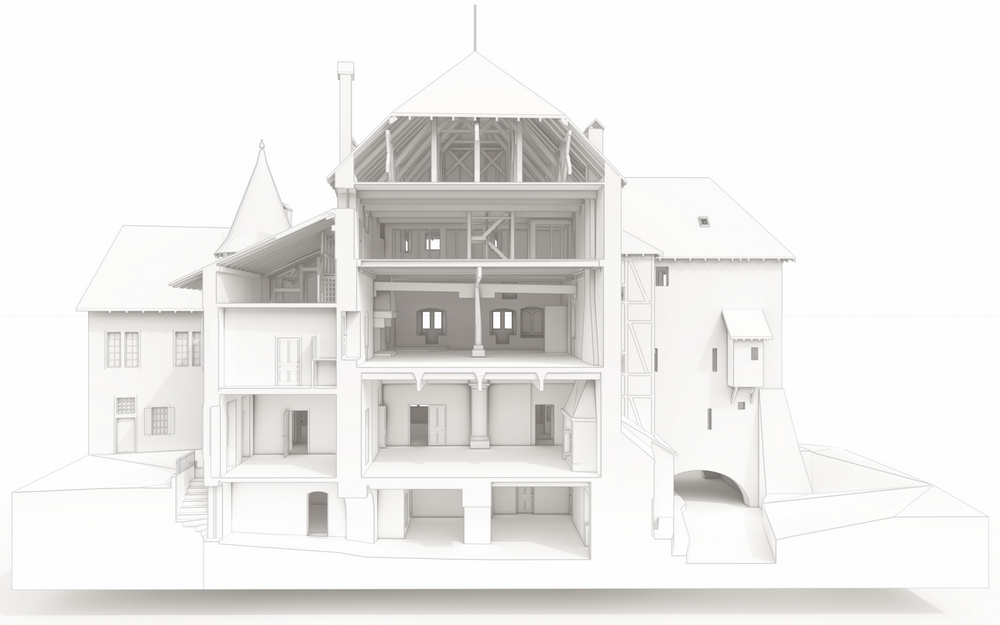
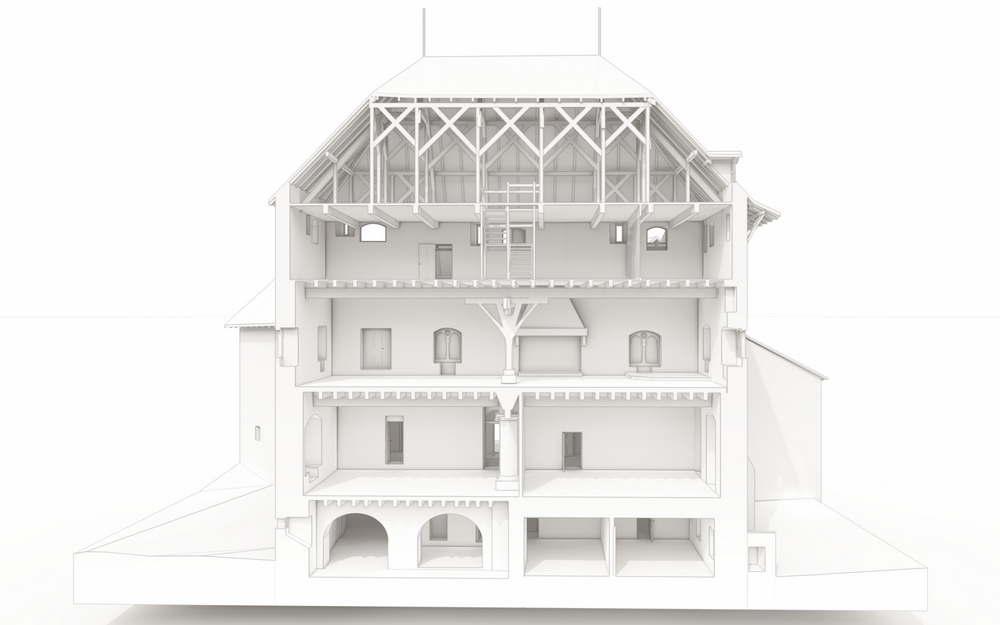
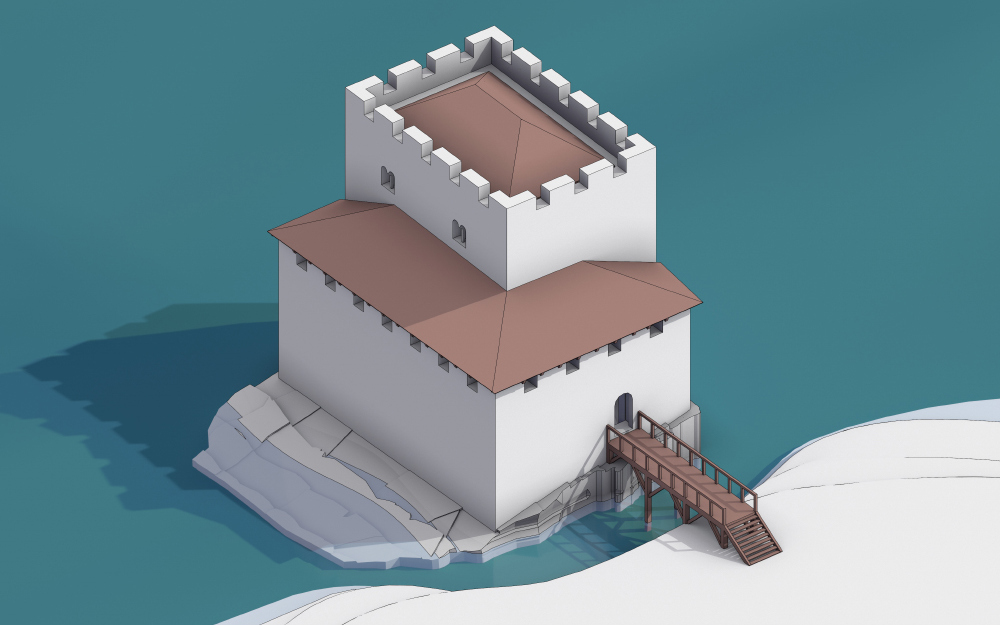
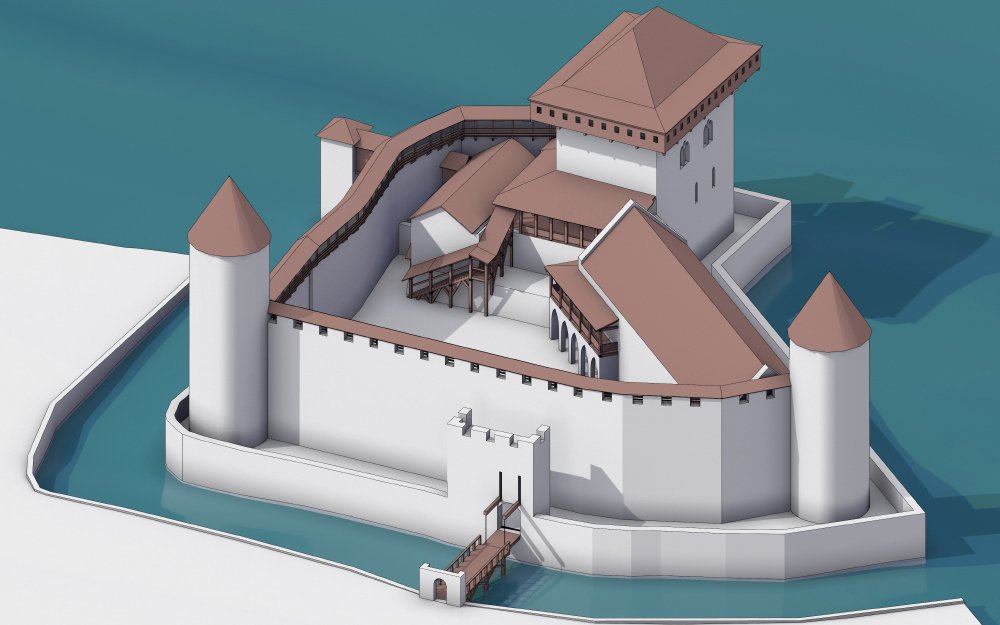
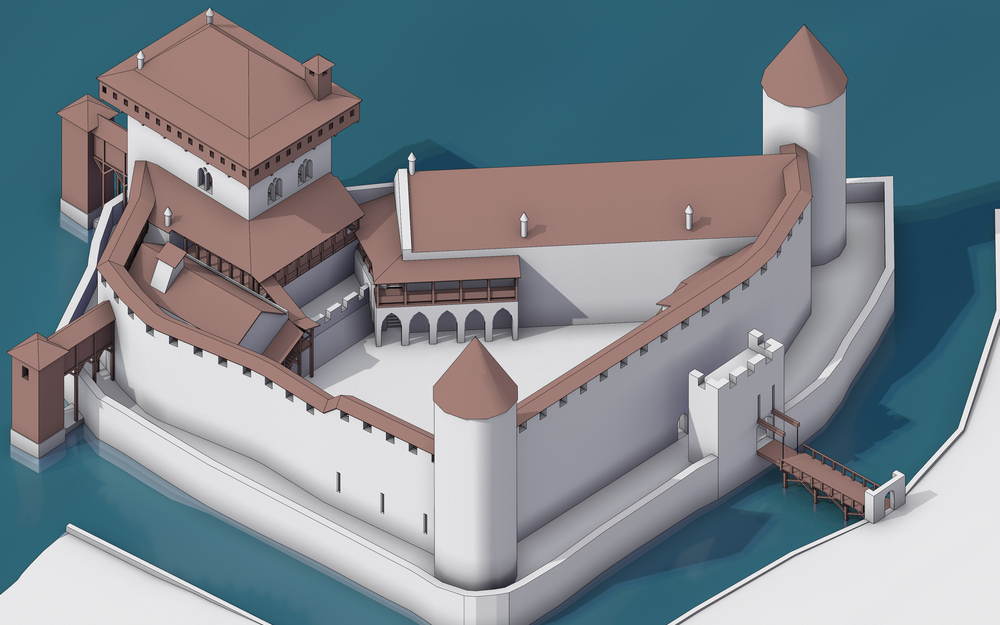
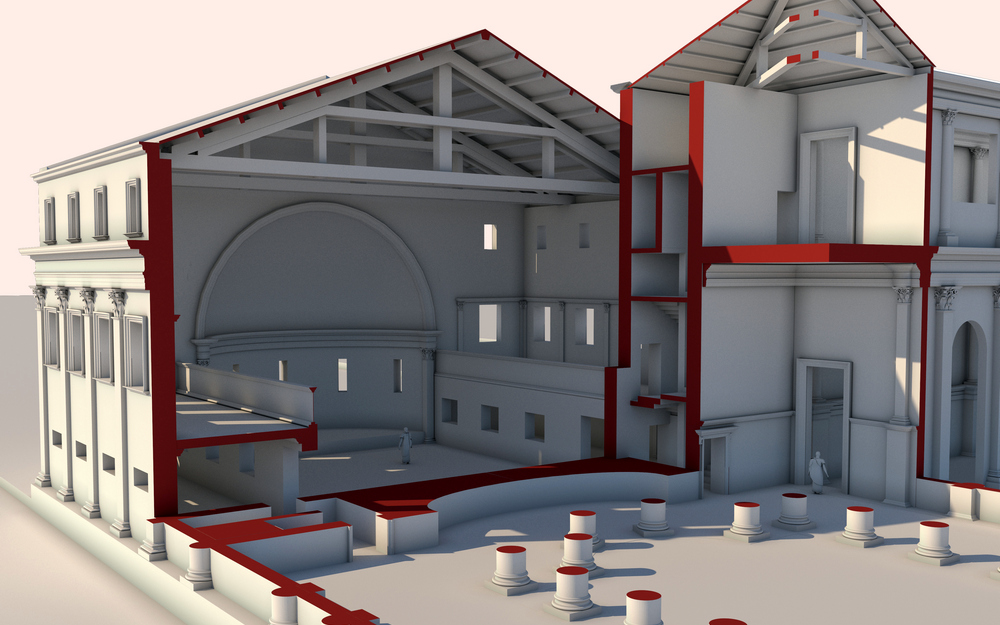
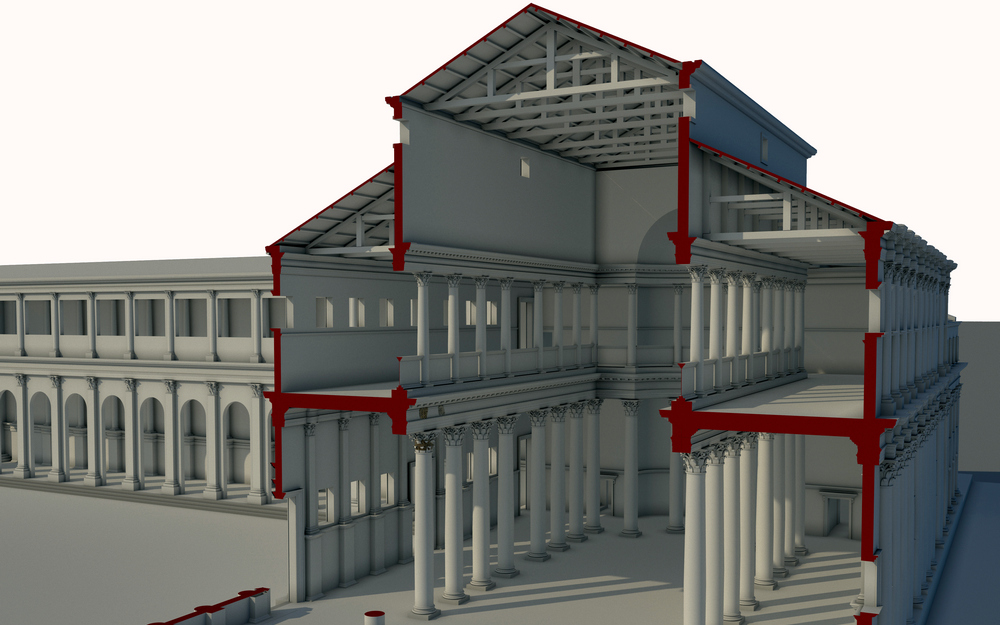
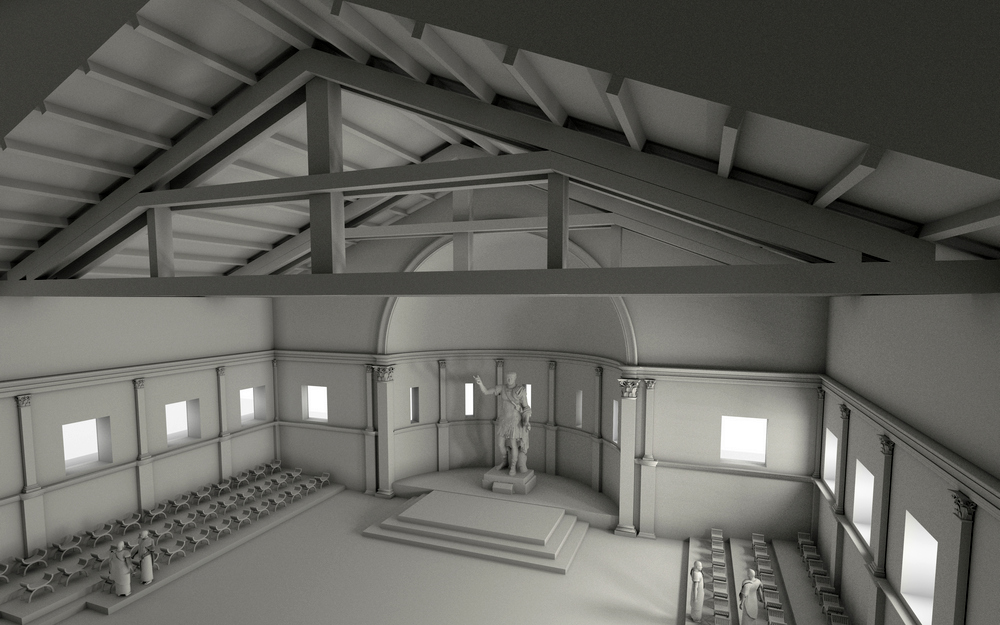
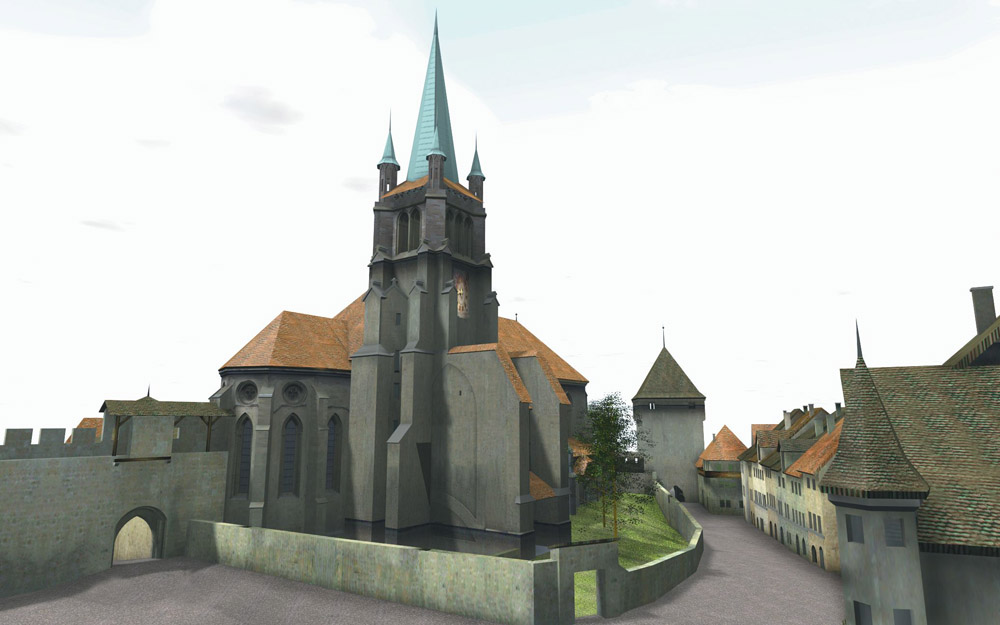
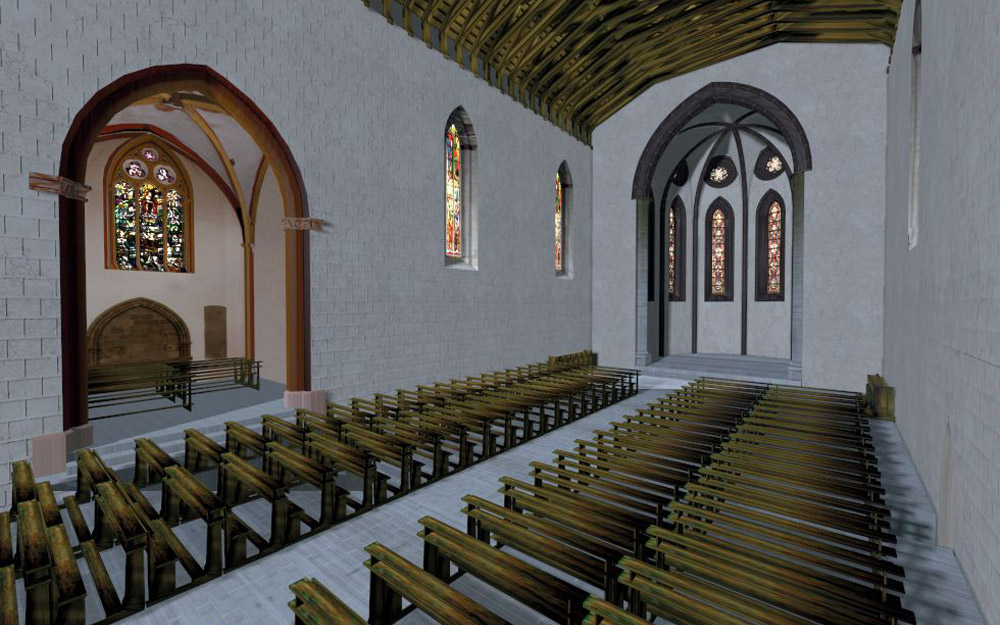
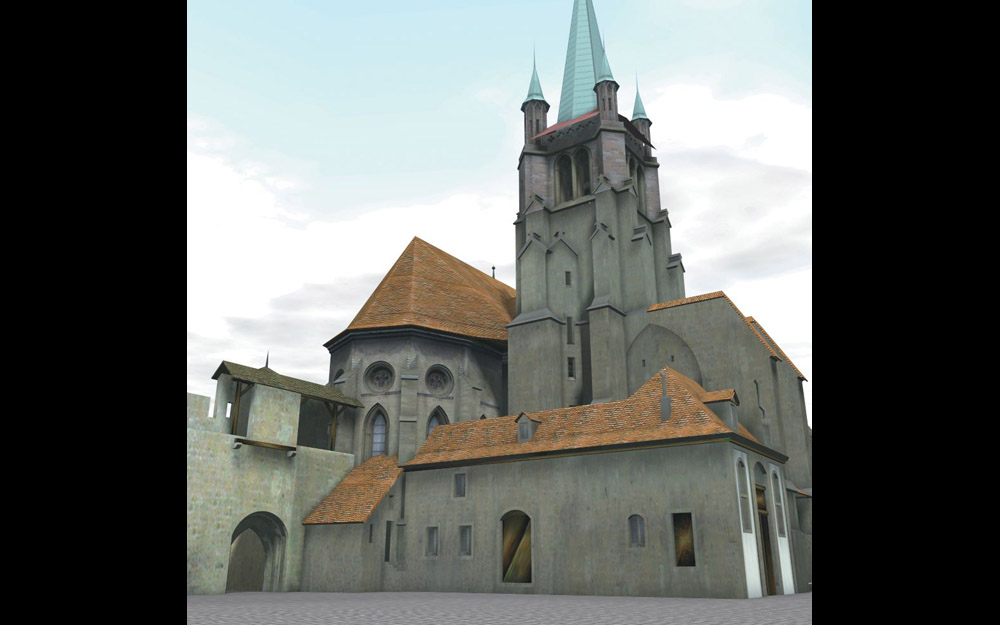
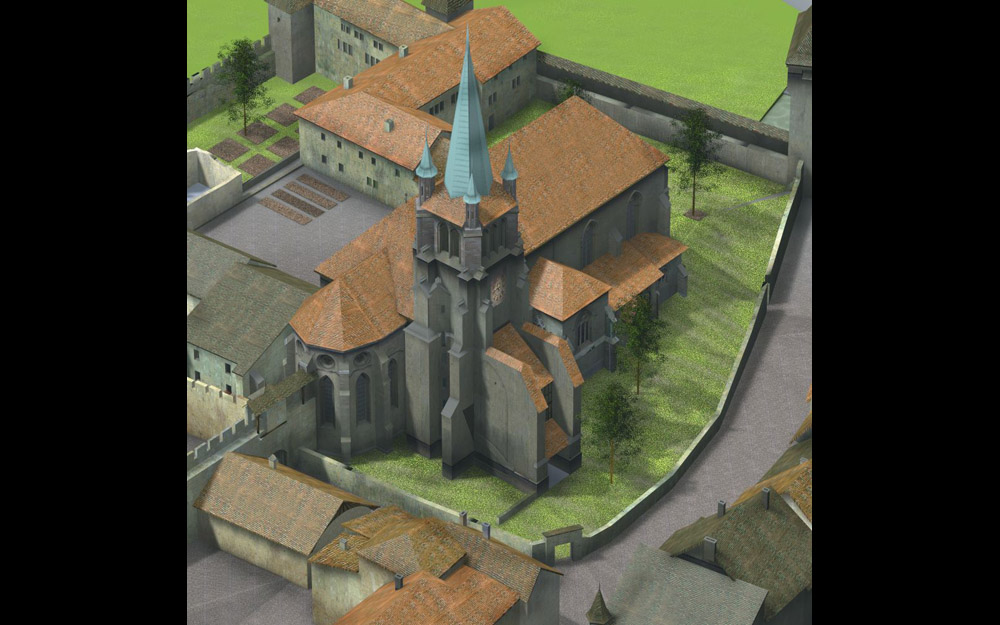
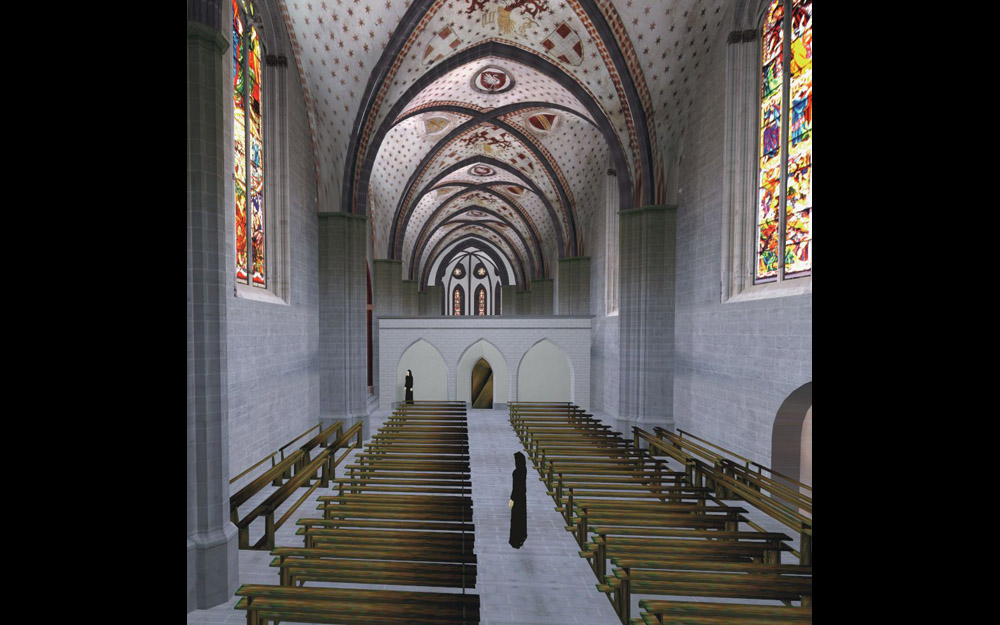
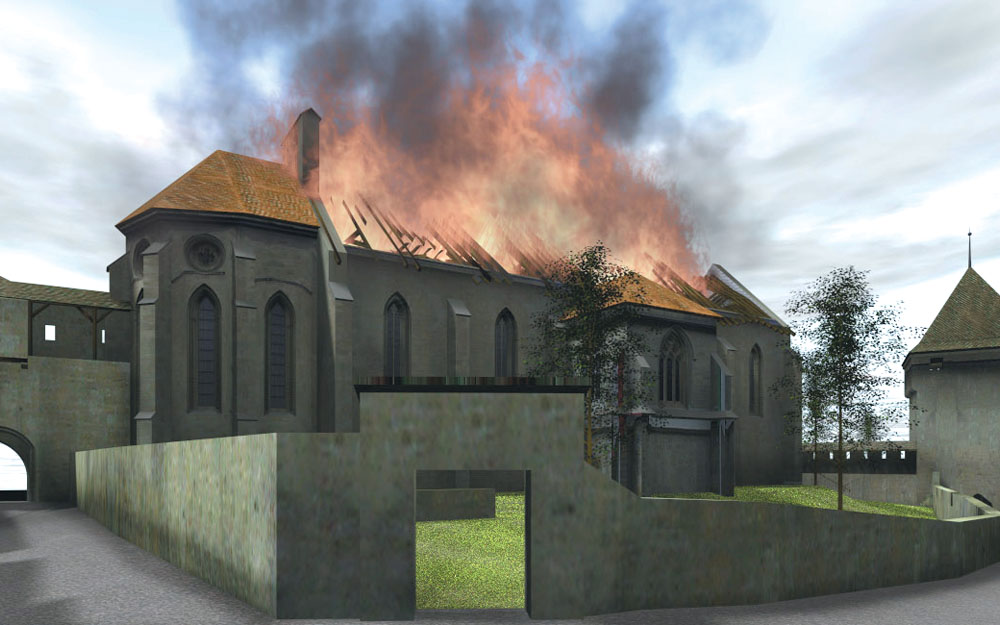
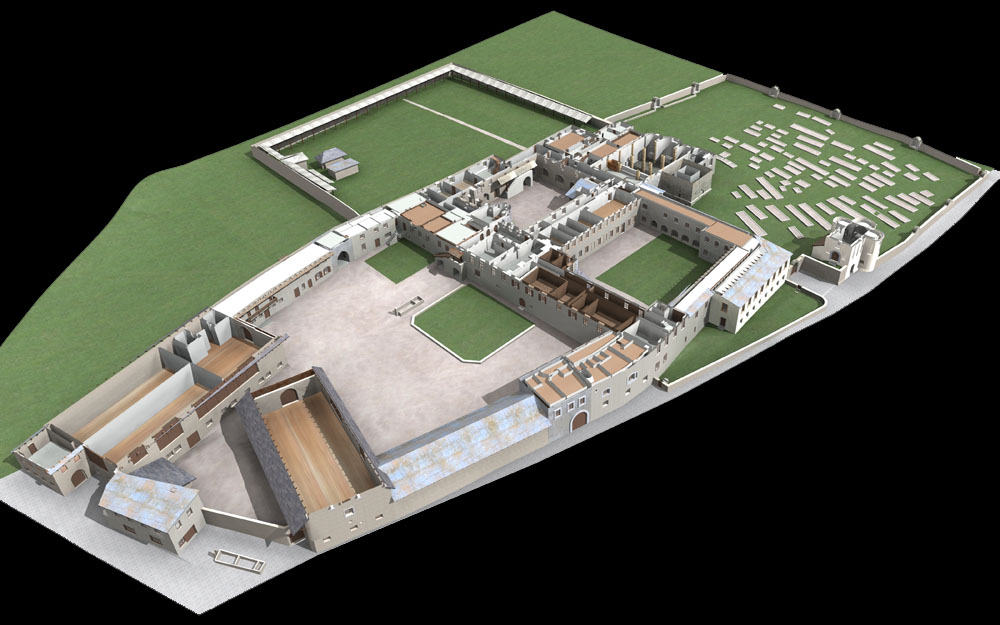
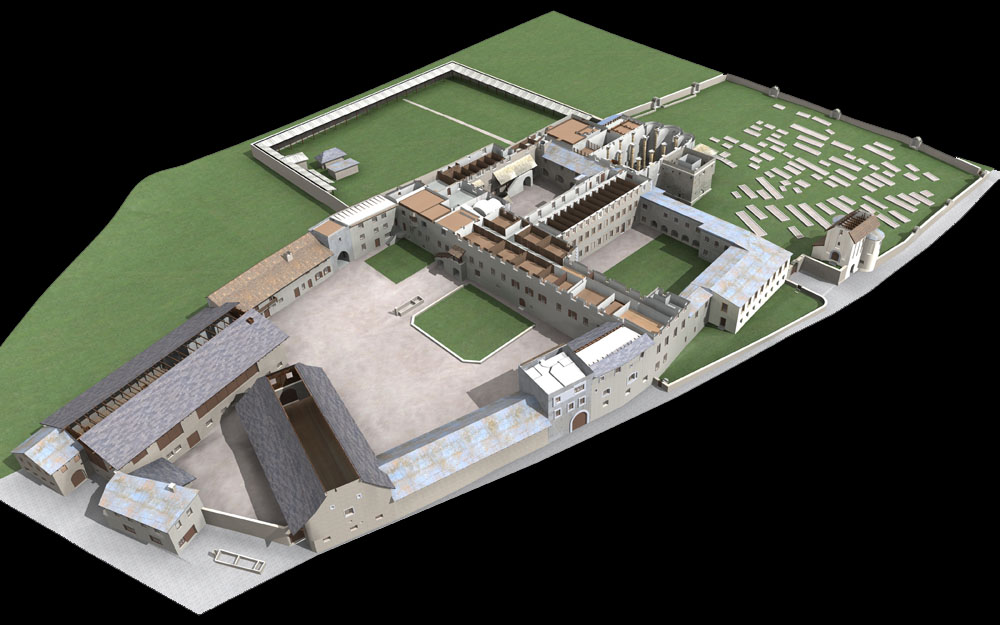
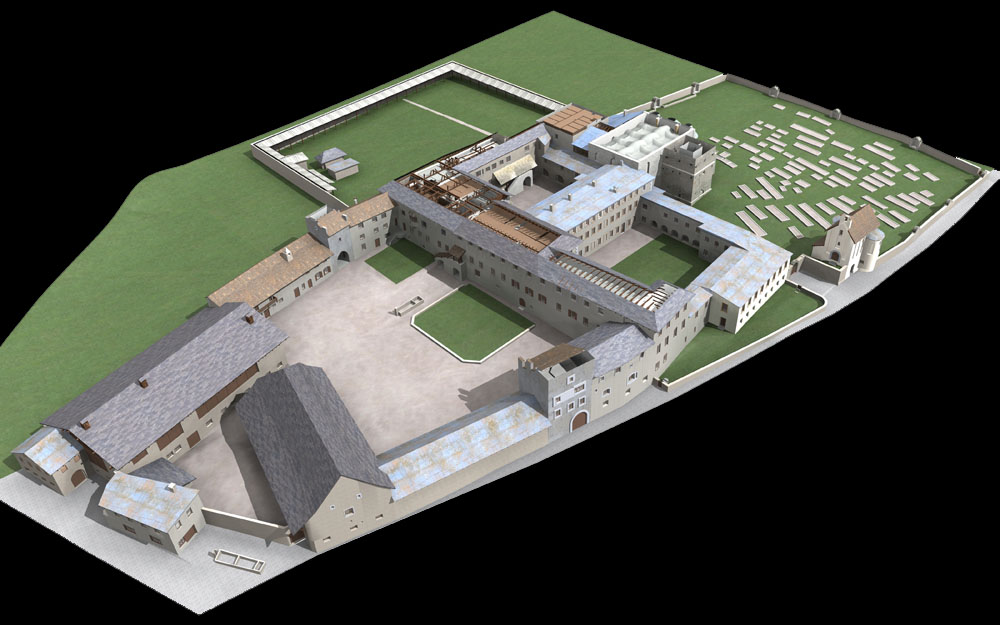
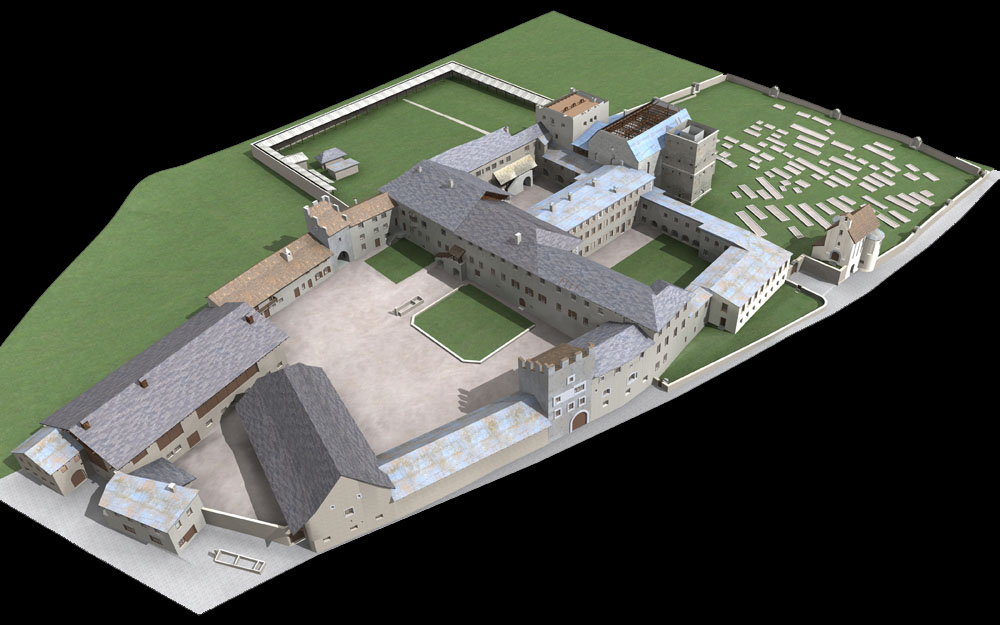
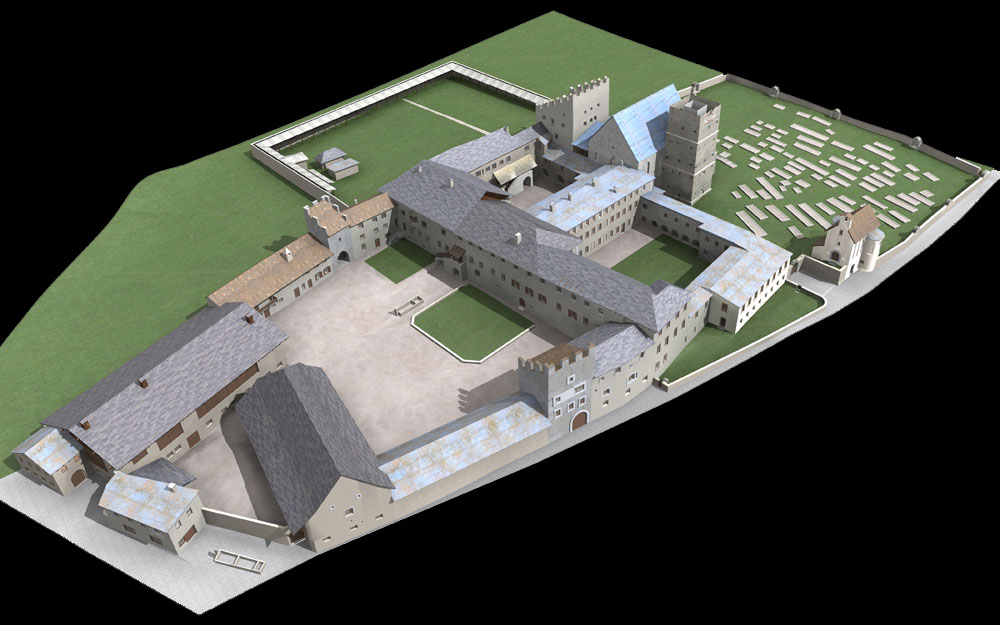
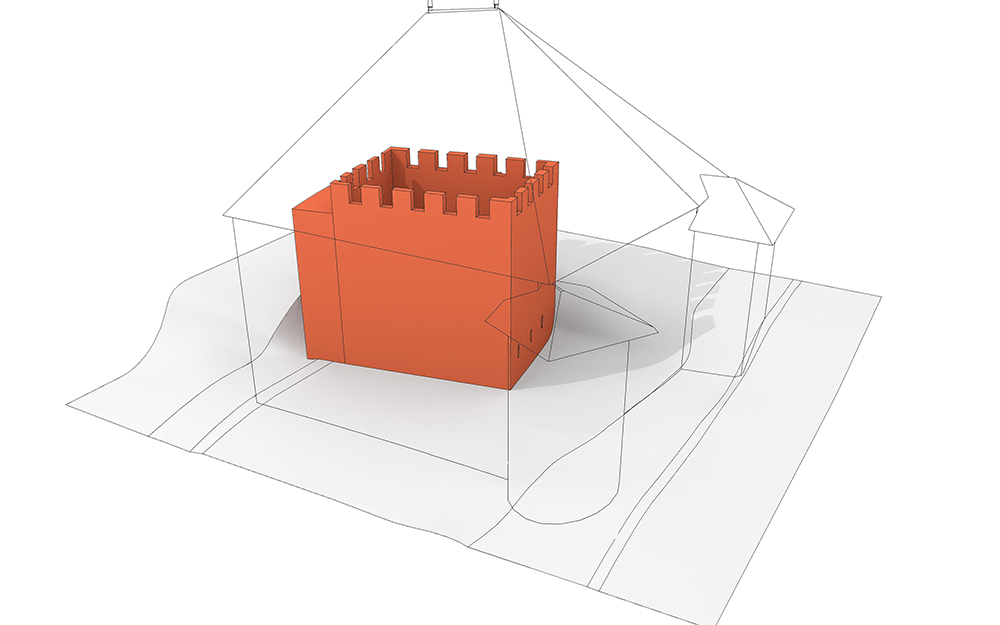
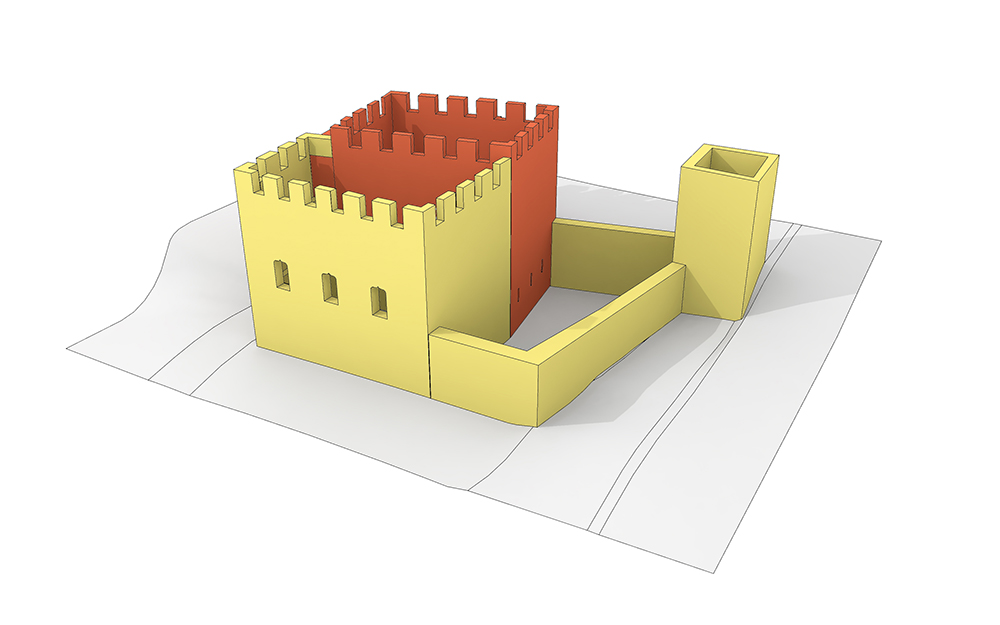
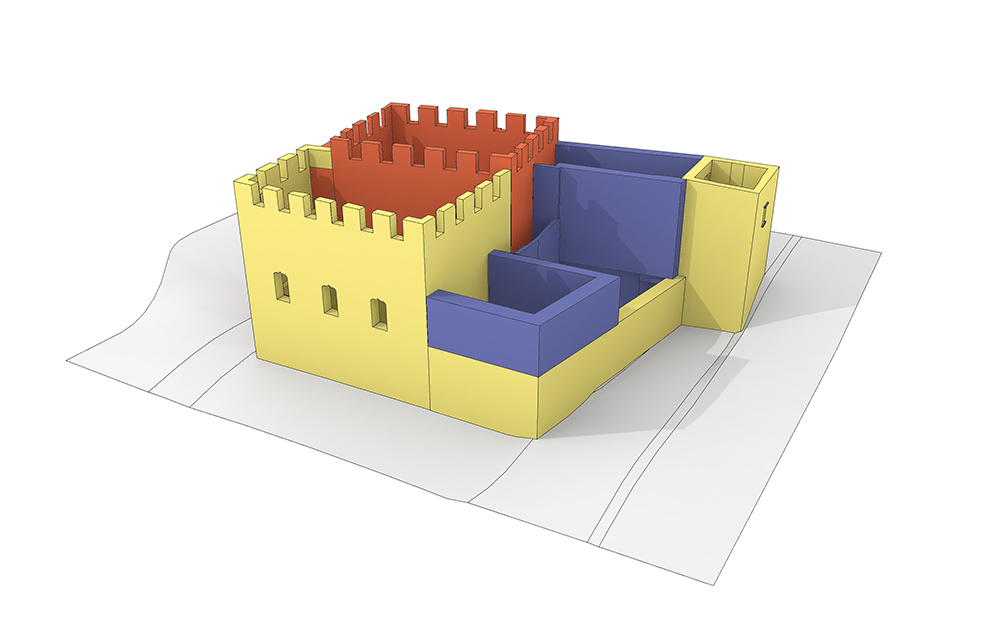
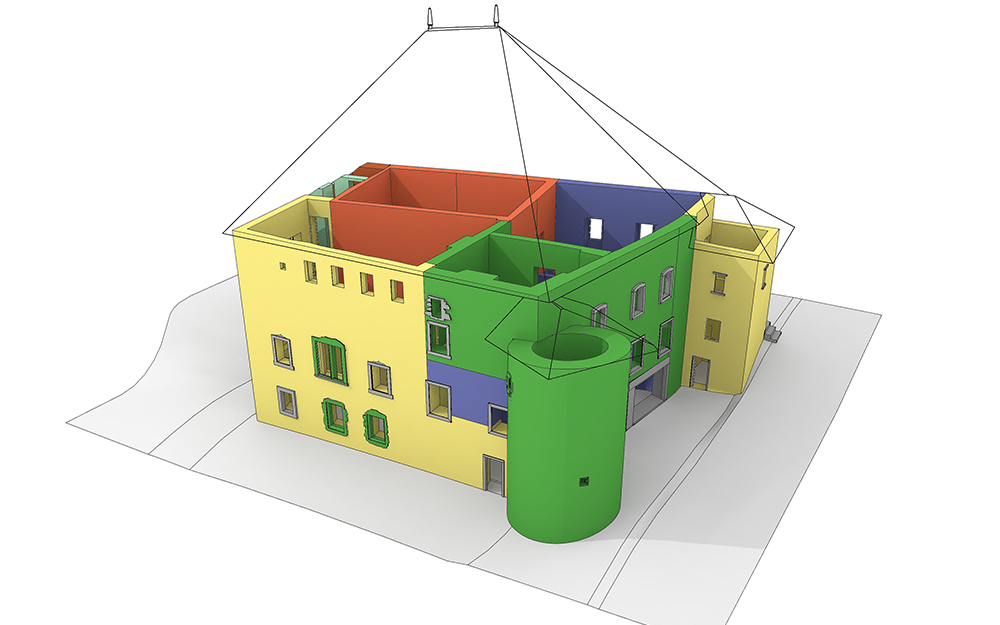
 facebook
facebook